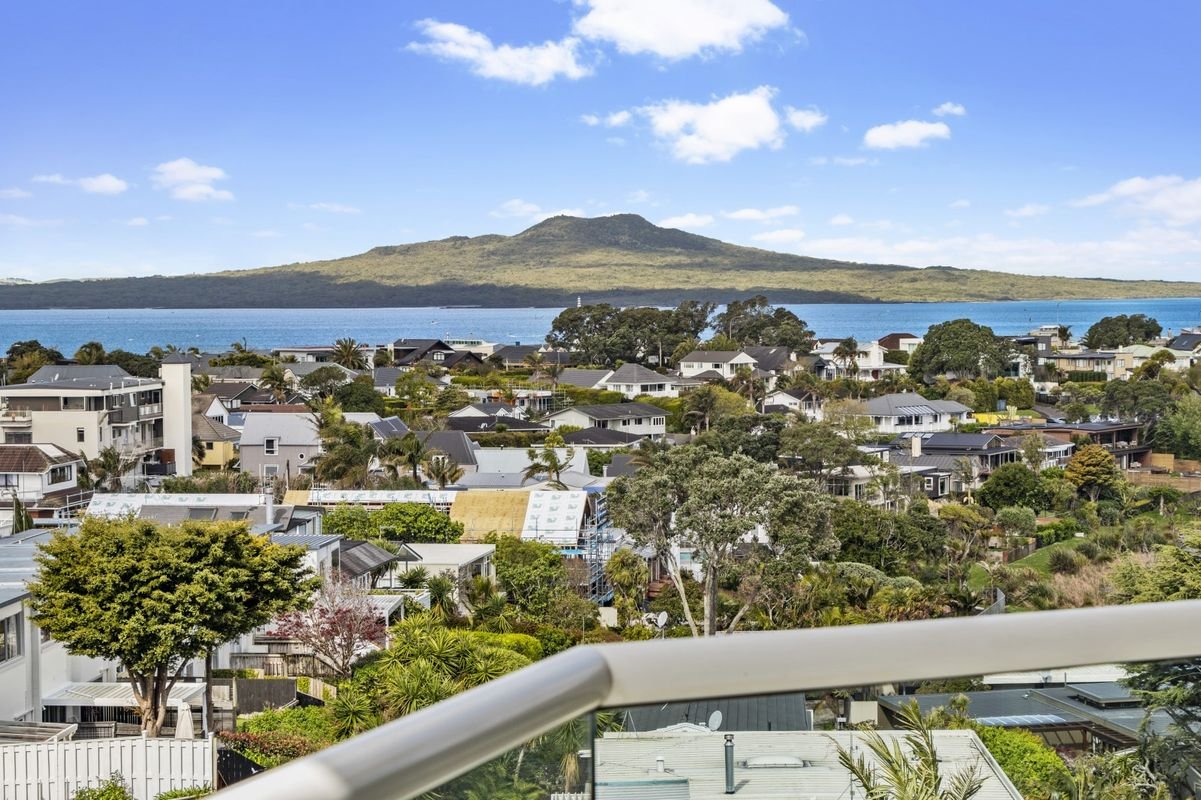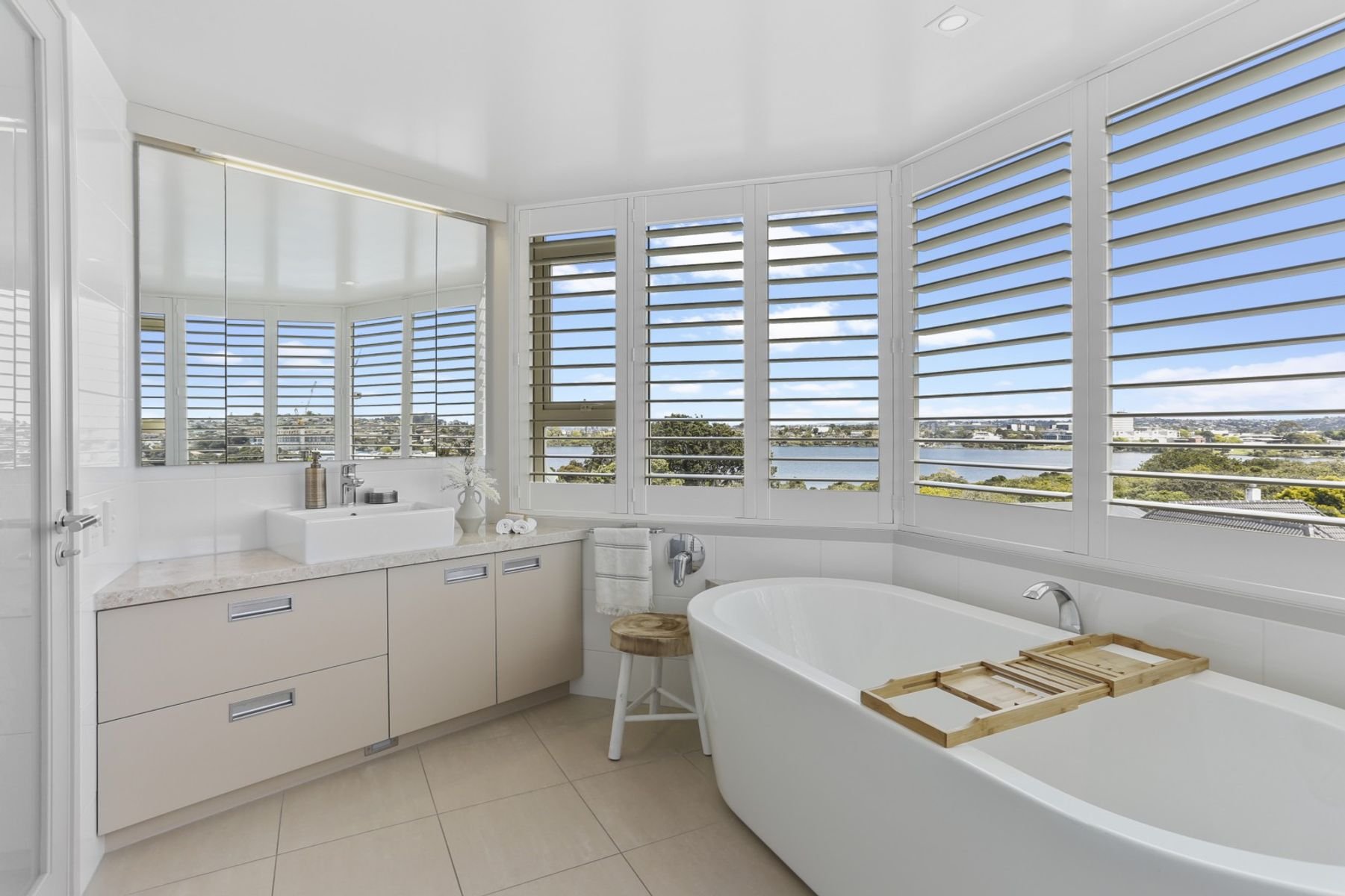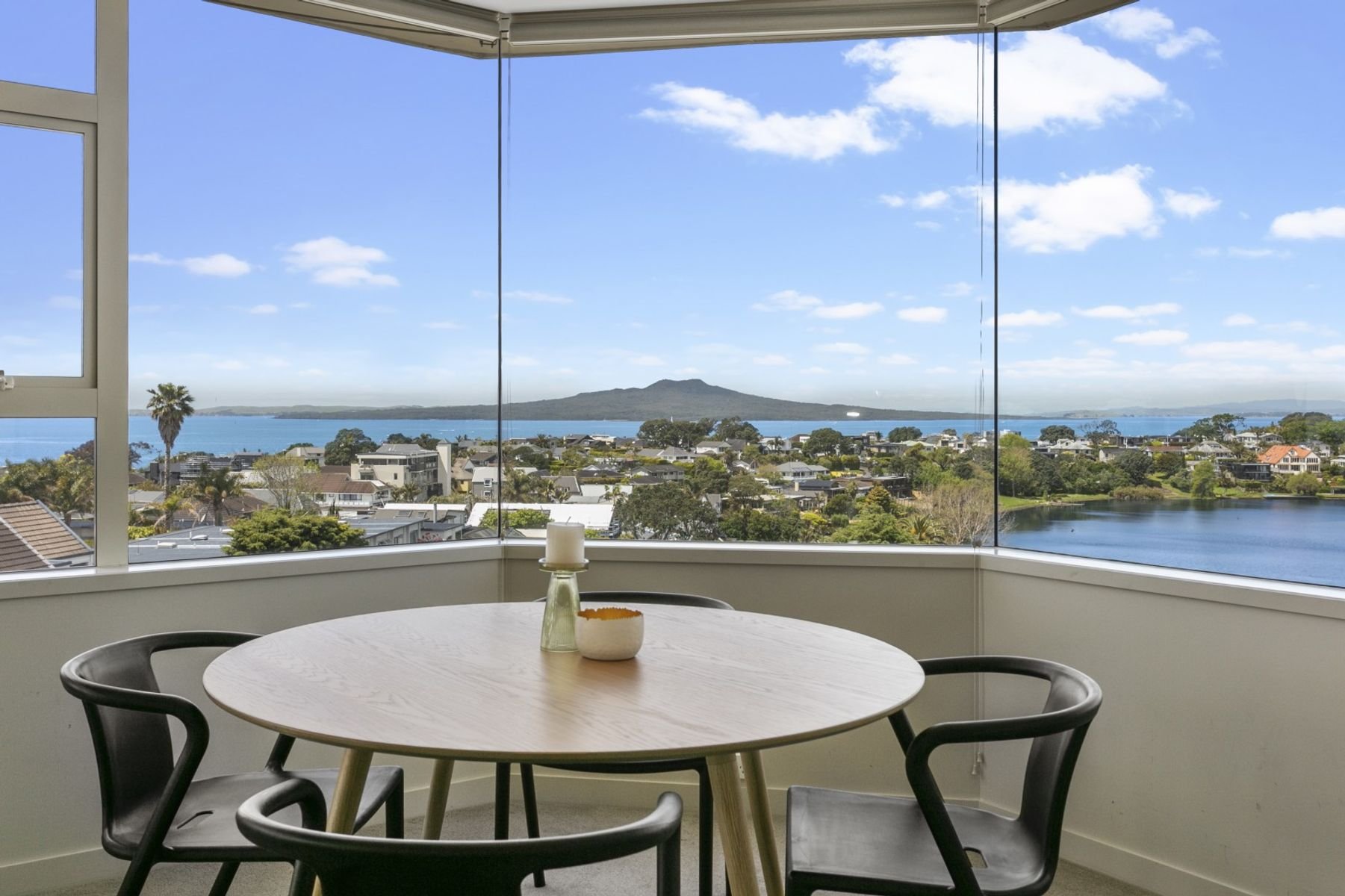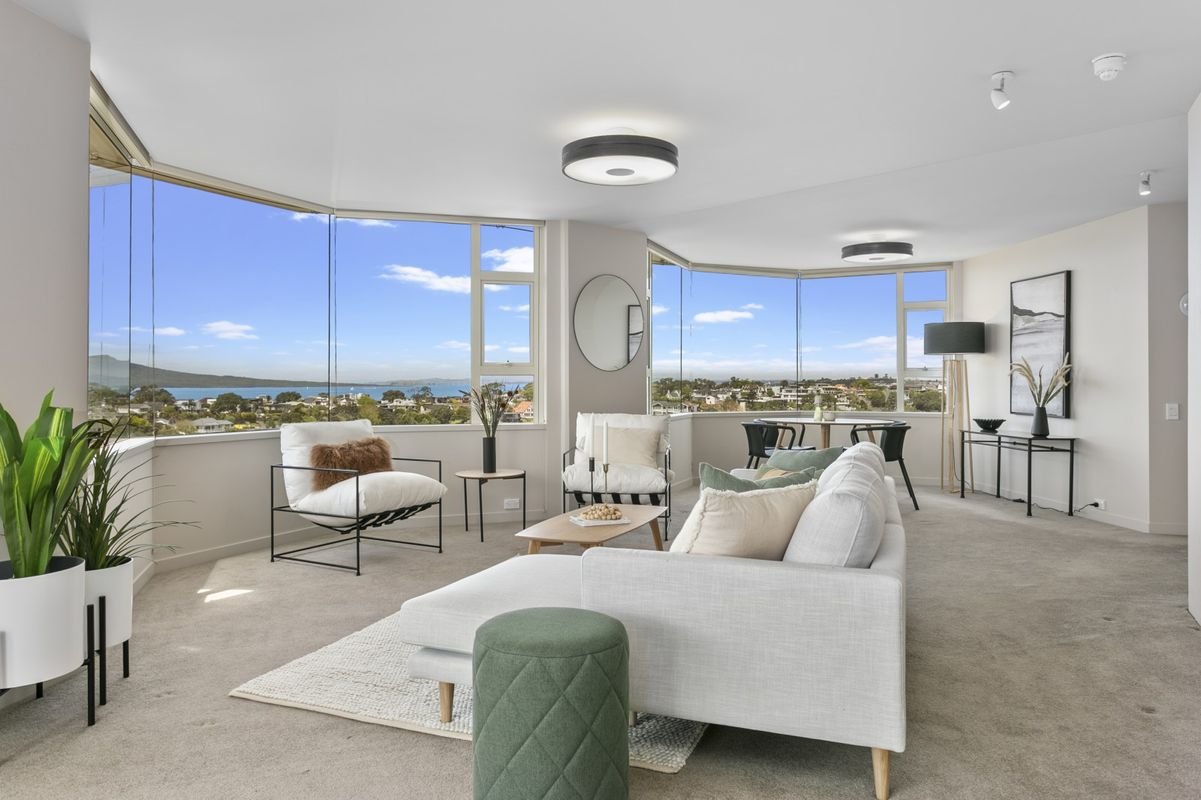One thing that remains untouched and likely to stay the same as it was 80 years ago is the Moana, the Upper Waitemata Harbor — flowing in and out at its designated times. Connecting our tourist-filled Tāmaki Makaurau with the historical and community focused Catalina Bay. Ferry's carrying the city slickers to the embracing arms of the Sunderland Hangar and towing the locals towards the daily grind in the CBD is again another example of how opposites attract. Whether it's an old-timer recalling his old work post, or a busy modern-day patron drinking in the environment, they're different people from different walks of life, with one thing in common, the reinvented Sunderland Hangar.
Outside the towering walls of the venue, on a calm Sunday morning, there I saw an older man facing the water with his pipe hanging perilously off his bottom lip. Possibly mid 70's he was. What made my curiosity spike was his lonesome presence on the dock. He was alone, with his pipe and thoughts. I eyed my husband with a smile, gestured towards the man and said: "he looks as though he has a few stories. I’d love to talk to him." So Dave strolled up casually, and I followed sheepishly with the pram. He wore a cheese cutter hat, and an old woollen jumper that looked as though it had seen a few too many winters. While stuffing his precarious pipe with tobacco, Dave opened a conversation with the topic of weather. It was a beautiful bright winter morning.
The older man was only too happy to talk to attentive strangers. He was in Auckland for the weekend to enjoy some R&R with his family; he had travelled from Rotorua. After a minute or two of chitchatting, we landed on gold! his father once worked right where we were standing together, at Catalina bay. Working for the RNZAF in World War II and servicing the planes was his father's vocation in the wartime era. Scanning and pointing across the dock with his weathered hands, he proudly shared about seeing Catalinas and Sunderlands scattered across the pier and on the water. He was only four years old at the time, but the image of his father, the water, and the seaplanes was ever entrenched in his memory. There we were, together, Millennials and a generation that's almost passed, together — sharing a space, memories, and thoughts of Catalina Bay and The Sunderland Hangar. Two opposite generations, enjoying each other's company, while sharing old tales and new expectations, and loving the moment with one another, even though it brief.
If the Sunderland Hangar walls could speak, I wonder what they would have to say. The things it has seen through its existence. Every occupier through history with a different purpose for its structure; flight, war service, community hub, a brewing sanctuary even. One thing is for sure; The Sunderland Hangar can stand in pride, knowing that it has functioned to the highest of standards for each inhabitant.
It's clear that when opposites attract anything is possible. The preserved historical Sunderalnd Hangar is undoubtedly a series of contradictions that harmoniously agree with each other, through sea and sky, young and old, business and pleasure, as well as a gone by era and the future ahead.
Go for yourself and experience it first hand, soak in the environment, culture and history!
https://littlecreatures.co.nz/locations/hobsonville/
NICOLETONI





















































